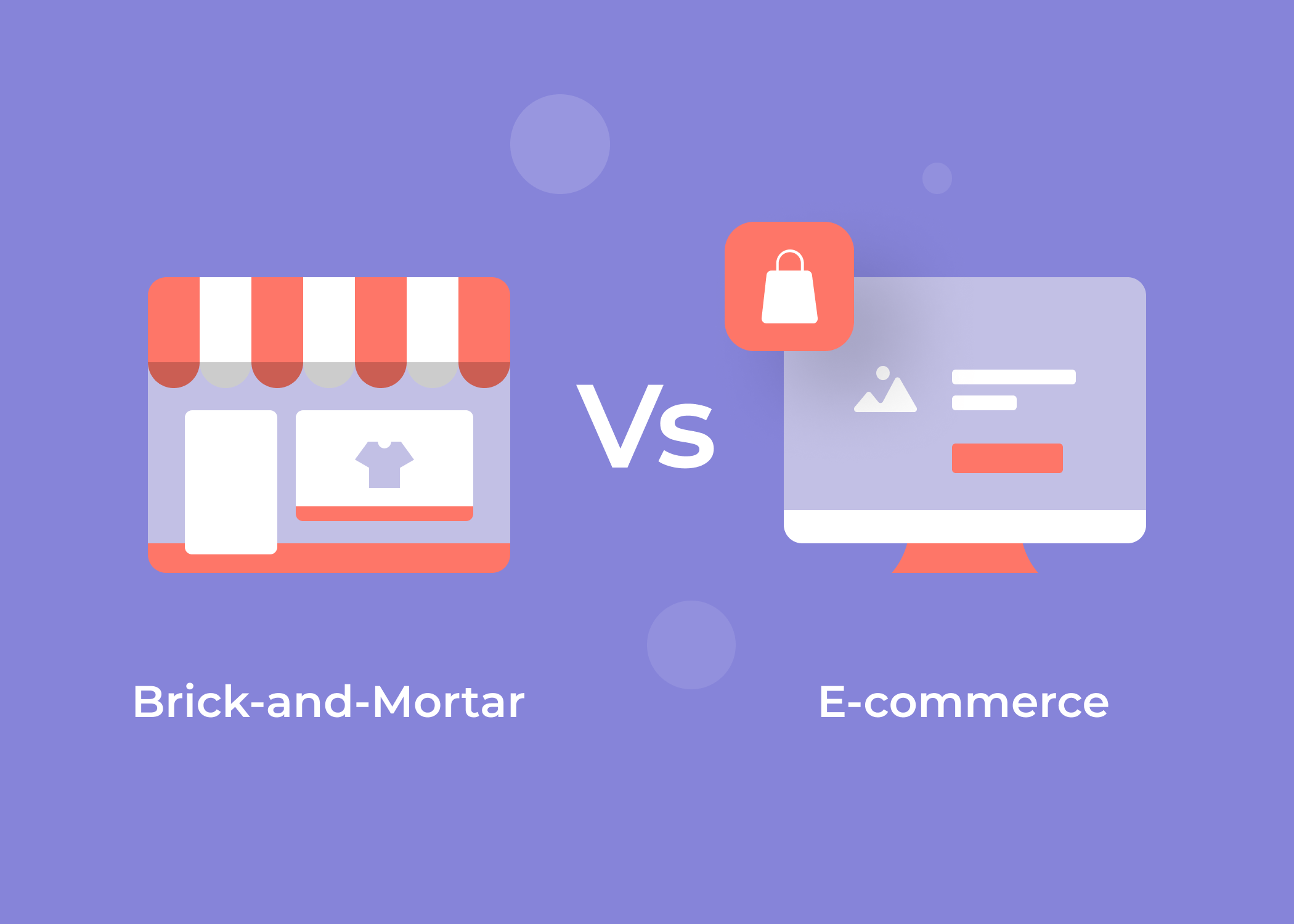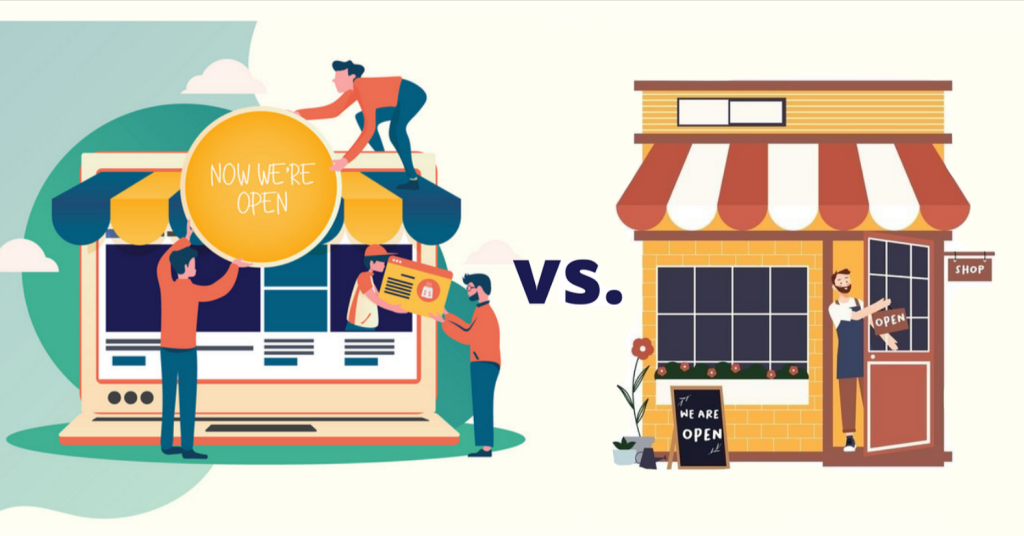The Future of Retail: E-commerce vs. Brick-and-Mortar

The competition between E-commerce and Brick-and-Mortar stores has never been more intense in a rapidly evolving retail landscape. Let’s delve into this dynamic arena and explore the prospects of these two retail giants.
E-commerce Dominance:
The digital age has ushered in a new era for shopping. E-commerce, with its convenience and accessibility, has witnessed explosive growth. Online marketplaces offer a vast array of products at the click of a button, making it a compelling choice for modern consumers.
The Power of Convenience:
E-commerce platforms have revolutionized the way we shop. From the comfort of our homes, we can browse, compare prices, read reviews, and make purchases without the hassle of commuting or waiting in long lines. This convenience factor is a significant driving force behind E-commerce’s success.
Global Reach:
One of the most remarkable aspects of E-commerce is its ability to transcend geographical boundaries. Businesses can reach a global audience breaking down the limitations of physical storefronts. This global reach opens up endless opportunities for expansion and growth.
Data-Driven Insights:
E-commerce thrives on data analytics. Retailers can gather invaluable insights into consumer behavior, preferences, and buying patterns. This data-driven approach allows personalized marketing strategies to enhance the overall shopping experience.
Challenges for Brick-and-Mortar:
While E-commerce enjoys a meteoric rise, traditional Brick-and-Mortar stores face their fair share of challenges. However, they still need to become obsolete.
In-Person Experience:
Brick-and-mortar stores offer a unique in-person shopping experience that E-commerce cannot replicate. The ability to touch, feel, and try products before purchasing remains a significant advantage. Many consumers still prefer this tangible interaction.
Instant Gratification:
Immediate product availability is another strength of physical stores. Shoppers can instantly walk in, purchase, and leave with their desired item. This is especially appealing when customers need a product urgently.
Community Engagement:
Local businesses and physical stores foster a sense of community. They are often integral parts of neighborhoods, contributing to the local economy and creating a sense of belonging.

The Synergy of Clicks and Bricks:
In this evolving landscape, some retailers are finding success by combining E-commerce and Brick-and-Mortar strategies. This hybrid approach offers the best of both worlds.
Omnichannel Retailing:
Omnichannel retailing seamlessly integrates online and offline shopping experiences. Customers can research products online and visit a physical store for the final purchase. Conversely, they can discover products in-store and later order them online.
Click-and-Collect:
Many Brick-and-Mortar stores now offer “click-and-collect” services, allowing customers to order online and pick up their purchases at the store. This strategy leverages the convenience of E-commerce while retaining the advantages of in-store shopping.
The Verdict:
The future of retail is not an either-or scenario; it’s a blend of E-commerce and Brick-and-Mortar. Each has its strengths, and successful retailers will adapt to the changing landscape by offering a seamless, customer-centric shopping experience. In this dynamic retail arena, the key lies in embracing innovation, harnessing the power of data, and staying attuned to consumer preferences.
As we progress, one thing is certain: the retail landscape will continue to evolve, and those who stay agile will thrive in this ever-changing marketplace.







+ There are no comments
Add yours